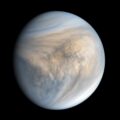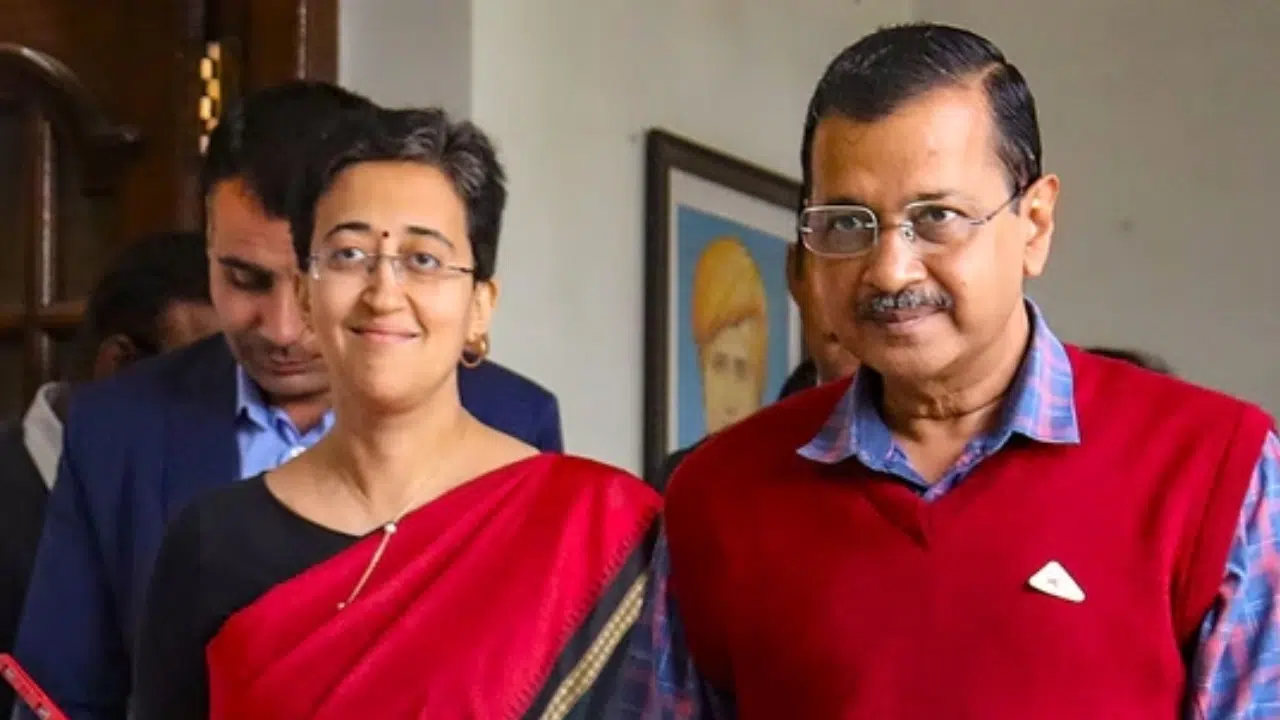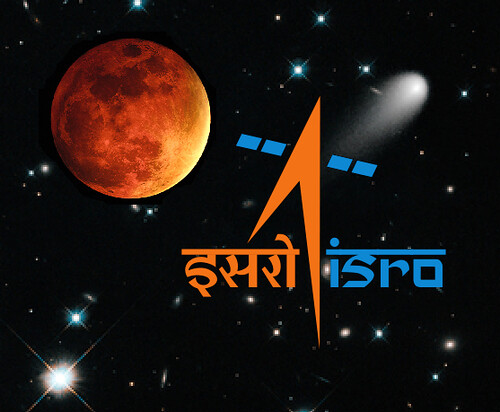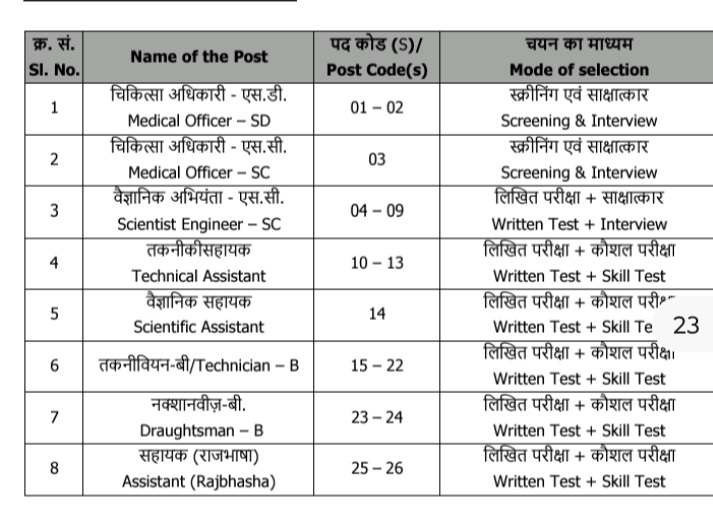After Moon and Mars, India sights science goals on Venus
Cabinet approves mission to Venus for scientific exploration and for better understanding of Venusian atmosphere, geology and generate large amount of science data probing into its thick atmosphere;
Source: PIB Delhi
The Union Cabinet chaired by the Prime Minister Shri Narendra Modi has approved the development of Venus Orbiter Mission (VOM), that will be a significant step towards the Government’s vision of exploring and studying the Venus, beyond moon and mars. Venus, the closest planet to Earth and believed to have formed in conditions similar to Earth, offers a unique opportunity to understand how planetary environments can evolve very differently.
The ‘Venus Orbiter Mission’ to be accomplished by Department of Space is envisaged to orbit a scientific spacecraft in the orbit of planet Venus for better understanding of the Venusian surface and subsurface, atmospheric processes and influence of Sun on Venusian atmosphere. The study of the underlying causes of transformation of Venus, which is believed to be once habitable and quite similar to Earth would be an invaluable aid in understanding the evolution of the sister planets, both Venus and Earth.
ISRO will be responsible for the development of spacecraft and its launch. The Project will be effectively managed and monitored through the established practices prevailing at ISRO. The data generated from the mission would be disseminated to the scientific community through existing mechanisms
The mission is expected to be accomplished on the opportunity available during March 2028. The Indian Venus mission is expected to answer some of the outstanding scientific questions resulting in various scientific outcomes. The realization of the spacecraft and launch vehicle is through various industries and it is envisaged that there would be large employment potential and technology spin-off to other sectors of the economy.
The total fund approved for the Venus Orbiter Mission” (VOM), is Rs.1236 Cr out of which Rs 824.00 Crore will be spent on the spacecraft. The cost includes development and realization of the spacecraft including its specific payloads and technology elements, global ground station support cost for navigation and network as well as the cost of launch vehicle.
Journey towards Venus
The mission would enable India for future planetary missions with larger payloads, optimal orbit insertion approaches. There would be a significant involvement of Indian Industry during the development of the spacecraft and launch vehicle. The involvement of various academic institutions and training to students in pre-launch phase that includes design, development, testing, test data reduction, calibration etc. is also envisaged. The mission through its unique instruments offers the Indian Science community new and valuable science data and thereby providing emerging and novel opportunities
Also Read About: Mission Moon : Chandrayaan 4 ISRO Mission Moon: latest update on Chandrayaan 4 revealed
What You should know about planet Venus:
Here are some facts about Venus, the second planet from the Sun and Earth’s closest planetary neighbor:
- Size: Venus is almost as big as Earth and is similar in structure. That’s why Earth and Venus are called as twin planets.
- Temperature: Venus is the hottest planet in our solar system, with surface temperatures that can melt lead i.e > 327.5 0 C. This is because intense greenhouse gas effect.
- Atmosphere: Venus has a thick atmosphere that traps heat, causing a runaway greenhouse effect. The atmosphere is made up of 96% carbon dioxide, 3% nitrogen, and 1% other gases.
- Rotation: Venus spins slowly in the opposite direction of most planets, taking 243 Earth days to complete one rotation on its axis.
- Orbit: Venus orbits the Sun in an anti-clockwise direction, taking 224.7 Earth days to complete one revolution around the sun.
- Surface: Venus has volcanoes and deformed mountains.
- Clouds: Venus is covered in a dense, persistent cloud layer.
- Name: Venus is named after the Roman goddess of love.
- Observation: Venus has been observed from Earth for centuries, with records dating back to about 3000 BC.






Leave a Reply